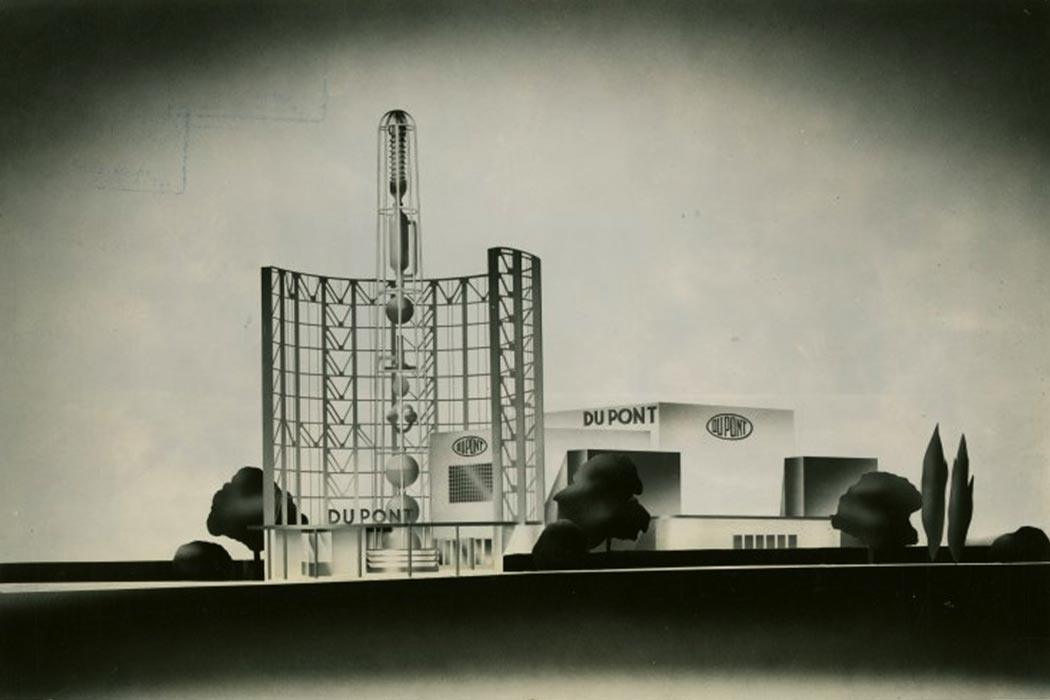When you think of fashion in the middle of the 20th century, you probably don’t imagine a fabled American chemical company. But DuPont—the 4th largest chemical company as of a 2014 survey—and 50s fashion went together like shoes and socks. This seems fitting, since the company was responsible for some of the era’s most groundbreaking fabrics. Regina Lee Blaszczyk explored the company’s influence on how America dressed.
The boom in casual clothing can actually be attributed to DuPont, Blaszczyk wrote. That’s because in the 1960s, the company introduced stretch fabric—an endlessly malleable product that helped advance more relaxed, body-conscious designs.
But DuPont’s dominance of midcentury fashions came at a cost. Blaszczyk observed that in order to remain relevant for designers, the company had to “imagine the wants, needs, and desires of consumers, creating products that met public demand.” It wasn’t enough to simply invent new fabrics—DuPont had to learn how to spark new, fashionable concepts for consumers.
Driven by a demand for their signature “better living through chemistry,” DuPont took notice of new postwar interests in high performance, casual styling, and low maintenance options. “Test tube” fabrics took advantage of a tide of public opinion linking synthetic fabrics to technological progress and convenience. The company developed a complex, scientific approach to market research, uncovering consumers’ tastes before the styles were created.
There was just one problem.
To succeed in shaping fashions, DuPont had to learn how to mesh its scientific, long-term plans with the fashion and fabric industries, which weren’t known for long-term success. The company responded by diving into the world of fashion, hiring stylists, creating a group of consultants, and refining an entire department to create specially commissioned fabrics for high-profile clients. The company also collaborated with designers like Givenchy and Dior—partnerships that helped align its products with high fashion.
Getting involved in sportswear gave DuPont a chance to bring its research to fruition. They recognized the buying power—and the demand for personalization—of baby boomers and set out to sell them “separates,” or customizable clothing. It also introduced customers to inexpensive synthetic fabric. As the synthetic blends of the 1950s gave way to the all-way stretch of Lycra in the 1960s, consumers were trained to expect clothing that moved with them and was easier than ever to maintain. It also gave women—who had grown accustomed to heavy rubber girdles and unwieldy elastics—more mobility and freedom when they moved about.
“Today,” wrote Blaszczyk, “we take easy-care fabrics for granted, assuming that we can readily find clothing that is wrinkle resistant, durable, and easy to launder.” In the 1960s, that concept was new and exciting—and our modern tastes in fashion continue to play off of DuPont’s midcentury investments in fashion marketing and research.







